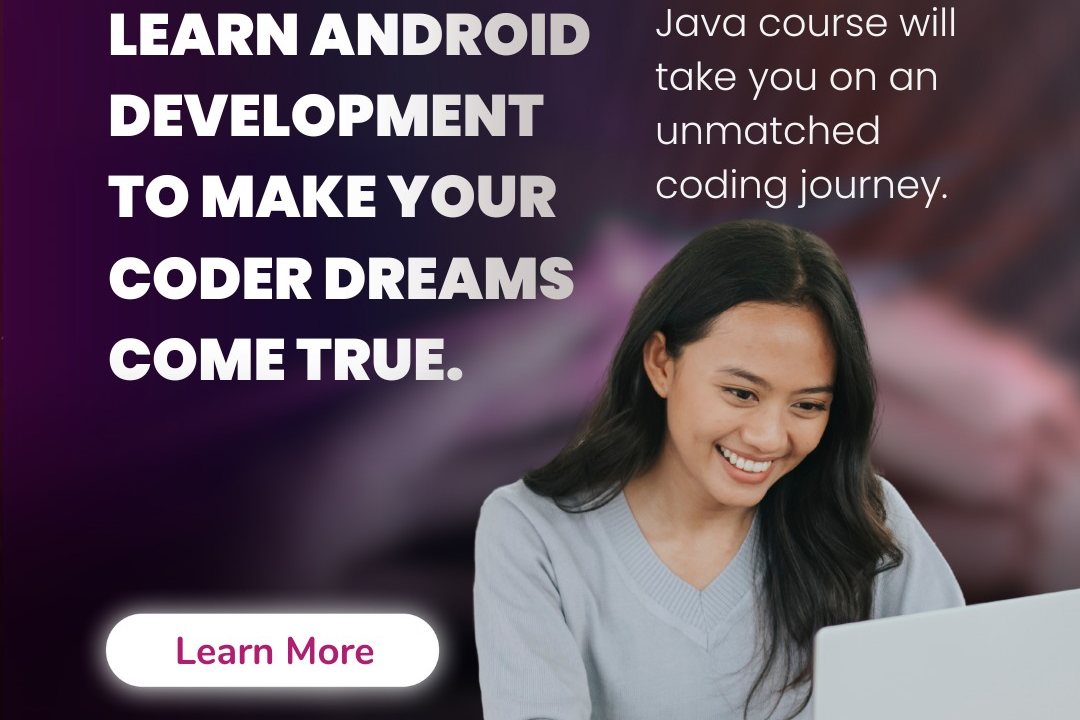Difference Between Checkbox And Radio Button In Java
distinguishing between checkbox and radio button in Java
Difference Between Checkbox And Radio Button In Java
In Java, checkboxes and radio buttons are both user interface components used to allow users to make selections. Checkboxes enable users to make multiple selections from a list where each item is independent of one another, providing the ability to select more than one option at a time. On the other hand, radio buttons are used when users need to make a single selection from a list of options where only one option can be selected at a time, as selecting one option automatically deselects the others. This key difference in behavior makes checkboxes suitable for scenarios where multiple choices can be made independently, while radio buttons are more appropriate for mutually exclusive options.
To Download Our Brochure: https://www.justacademy.co/download-brochure-for-free
Message us for more information: +91 9987184296
1 - Checkbox in Java:
A checkbox in Java is a component that allows users to select multiple options from a list of choices.
Checkbox components are typically used when users can choose more than one option at a time.
It is represented by a square box that can be checked or unchecked.
In Java, checkboxes are instances of the JCheckBox class.
2) Radio Button in Java:
A radio button in Java is a component that allows users to select only one option from a list of choices.
Radio buttons are typically used when users need to select a single option among several mutually exclusive options.
It is represented by a round button that can be selected.
In Java, radio buttons are instances of the JRadioButton class.
3) Selection Limitation:
Checkboxes allow users to select multiple options at the same time, while radio buttons allow users to select only one option from a group at a time.
4) User Interaction:
Users interact with checkboxes by checking or unchecking them individually.
Users interact with radio buttons by selecting one option, which automatically deselects other options within the same group.
5) Grouping:
Checkboxes are standalone components and do not need to be grouped.
Radio buttons need to be grouped together using a ButtonGroup to ensure that only one radio button can be selected at a time within the group.
6) Use Cases:
Checkboxes are commonly used for selecting multiple items in a list, such as preferences or filters.
Radio buttons are commonly used for selecting a single option from a set of mutually exclusive choices, such as gender selection.
7) Visual Representation:
Checkboxes are typically represented by a square box that can be ticked or unticked.
Radio buttons are represented by circular buttons that can be selected.
8) Class Types:
To Download Our Brochure: Click Here
Message us for more information: +91 9987184296
Checkboxes are instances of the JCheckBox class in Java.
Radio buttons are instances of the JRadioButton class in Java.
9) Event Handling:
Both checkboxes and radio buttons can trigger events when they are selected or deselected, allowing developers to perform actions based on user input.
10) Customization:
Both checkboxes and radio buttons in Java can be customized in terms of appearance, text labels, and behavior to suit the specific requirements of an application.
Browse our course links : https://www.justacademy.co/all-courses
To Join our FREE DEMO Session: Click Here
Contact Us for more info:
Seo Interview Questions For Fresher
Asp Net Core Mvc Interview Questions
Bi Interview Questions
Laravel Website Development Services











